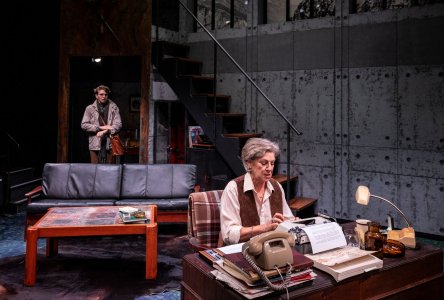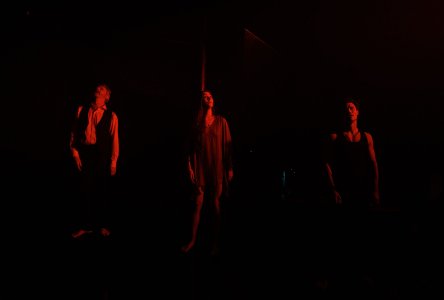
Jorn Utzon 1918-2008
Jorn Utzon, the Danish architect who created Australia’s modern image of itself, has died aged 90.
The Sydney Opera House is not only one of the best known but also arguably the best loved building of the modern world. It is integral to Sydney’s personality and to the way Sydneysiders think about their city: no matter how bad the government of the day, no matter how ghastly are other buildings and views of the built city, just one glimpse of the Opera House is a heart-lifting, inspirational experience.
And, of course, it nearly didn’t happen: the competition to find a design for the opera house attracted entries from all over the world. According to Opera House folklore, the Utzon design was already in the reject pile when architect and competition judge Eero Saarinen found it. He presented it to fellow jury members and said, “Gentlemen, this is the first prize.” That was 1957.
That wasn’t the end of it, either. Funds to build the radical structure were hard to come by and as controversial as any arts project ever is in Australia. Then, realising the building proved even more contentious as architects and builders wrangled over how to raise the shells – or not.
When Elizabeth II officially opened the House in 1973, Utzon was not there. He had resigned from the project years before and, sadly, never returned to Australia. A committee of public servants and local architects had completed the design and the building; the end result looked marvelous – as we all know – but its internal function was severely compromised and remained that way until very recently.
The Carr government made overtures to Utzon which resulted in his agreement to take part in the redesigning of the House’s non-Utzon dogs’ breakfast interiors in 2000. In March 2006, Elizabeth II again presided over an opening at the Opera House when the Western Colonnade addition was unveiled. Utzon’s son Jan represented his father at the ceremony, saying in part, that although his father was not there, and “is too old by now to take the long flight to Australia. He lives and breathes the Opera House, and as its creator he just has to close his eyes to see it.”
It has been posited that the long-running furore over the House’s construction, together with the inevitable cost over-runs, blighted Utzon’s career in terms of major buildings. Although he was invited to – and did – design many buildings around the world including theatres, stadia and museums, few were built.
His impact as an architect does reside only in the Sydney Opera House, however. He traveled widely – despite the bitter experience of his sojourn in Australia – and soaked up ideas and stimulus from many sources. He introduced open-plan living to Denmark (and the western world) with the layout of his own house, built in 1952 at Hellebaek. Utzon was inspired in this instance by Frank Lloyd Wright and the house was itself immeasurably influential. In 1953 Utzon designed another powerful house, at Holte near Copenhagen, it showed how much he was influenced by classical Japanese domestic design and, in turn, it spawned the pavilion-style symmetry that has become familiar all over the world ever since.

In the late 50s he designed two housing estates in Denmark which were inspired by a visit to the ancient environmentally integrated village houses of Morocco. His idea for an art museum (not built) was based on a visit to Buddhist caves in the Gobi desert. The parliamentary complex of Kuwait’s Assembly was built – in 1972 – and echoes desert tents as well as the temple of Karnak; it was badly damaged by the Iraqi invasion in 1990 but survives.
Utzon’s influence on the public built environment is immense: would traditionally conservative authorities have allowed structures such as Frank Gehry’s Guggenheim Bilbao without the example of the Sydney Opera House looming so large in the imagination? Or London’s Gherkin, Beijing’s flights of fancy and the inspired lunacy now soaring in the Gulf states? Maybe not.
In 1978 the Royal Institute of British Architects awarded Utzon its Gold Medal. At the time he said, “If there was a tiny scar on my soul from the Sydney tragedy it is hereby completely removed.” In 1985 he was appointed an honorary Companion of the Order of Australia (AC). In 2003, Utzon was awarded an honorary doctorate by the University of Sydney and, in the same year, the Pritzker Prize, international architecture's highest honour.
Utzon married Lis Fenger, in 1942. Their two sons are both architects and their daughter designed the textiles for the interior of Utzon’s church at Bagsvaerd.
On 28 June 2007, the Sydney Opera House was declared a World Heritage Site.



